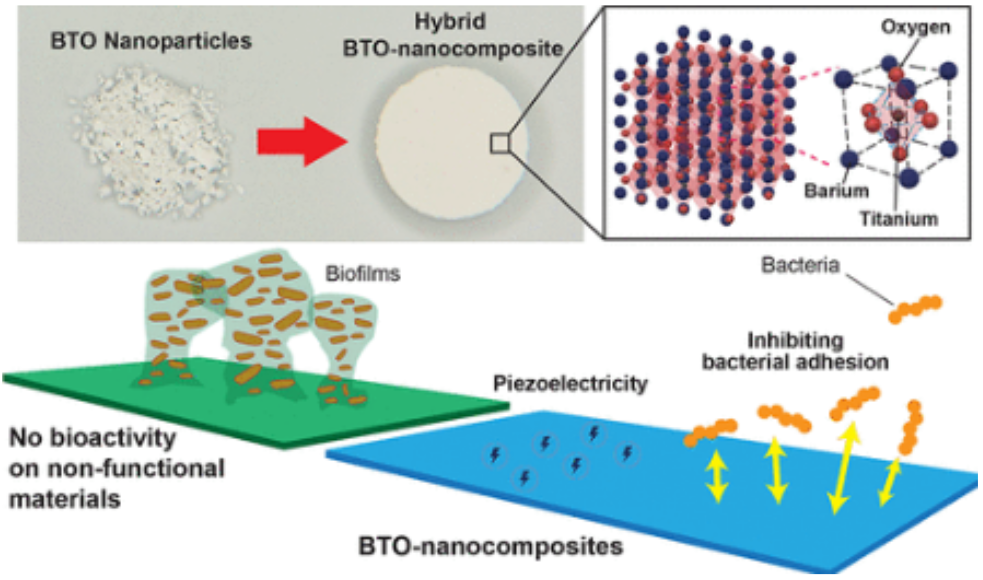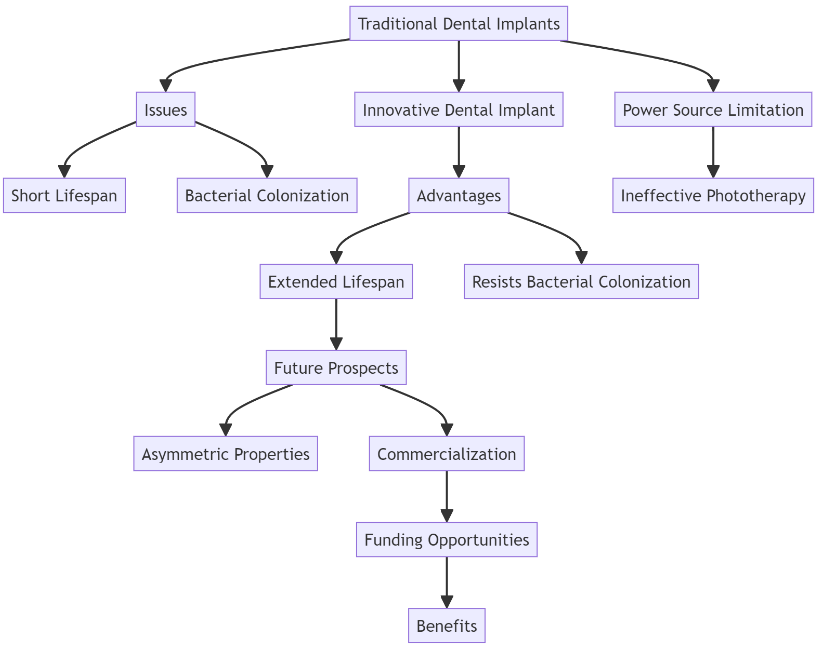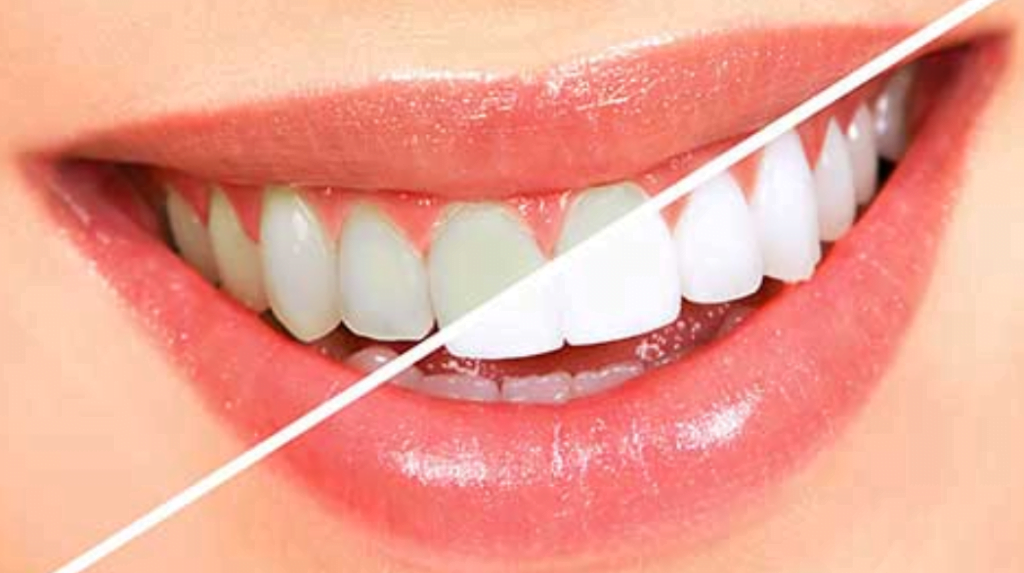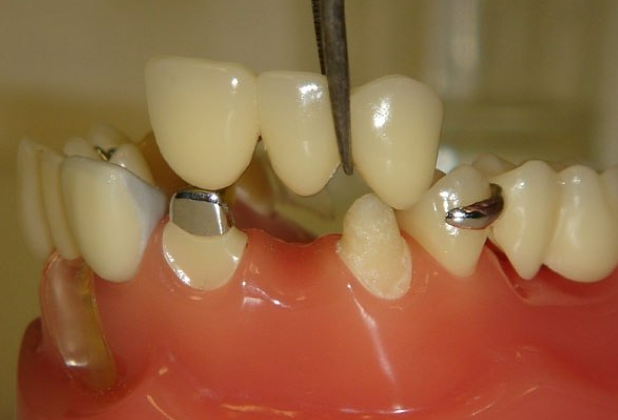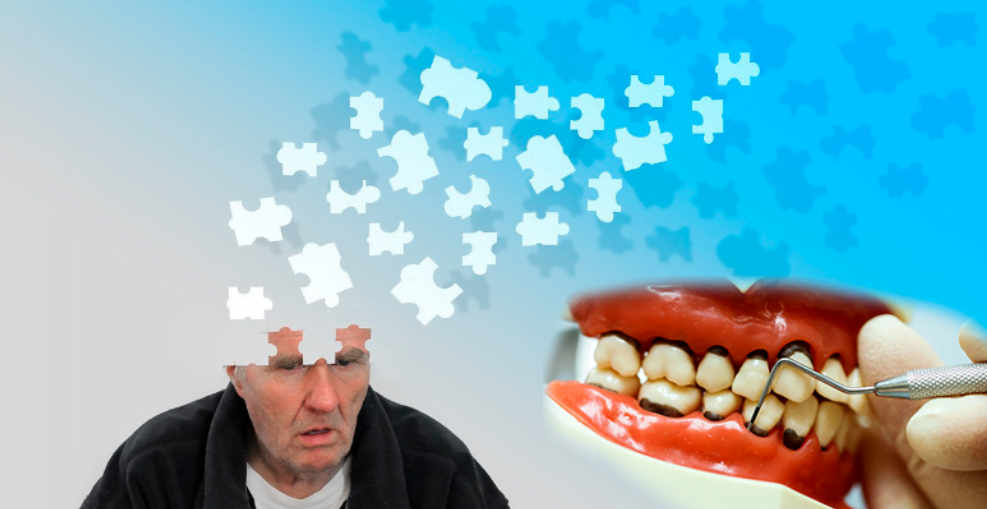Smart dental implants with a piezoelectric element to combat soft tissue inflammation
Dental implants have transformed the way we address tooth loss, providing a more secure and long-lasting solution compared to traditional dentures and bridges. However, the need for implant replacement within five to ten years due to local inflammation and gum disease has remained a concern for patients. In this article, we delve into a groundbreaking dental implant innovation that holds the promise of significantly extending the lifespan of dental implants while enhancing overall oral health.
The Problem with Traditional Dental Implants
Traditional dental implants, although a vast improvement over older solutions, are not without their shortcomings. One of the key issues is bacterial colonization, which can lead to gum disease and necessitate costly and invasive procedures for patients. Additionally, the inability to replace or recharge the implant’s power source once it’s implanted limits the effectiveness of treatments such as phototherapy.
Enter the Innovative Dental Implant
Geelsu Hwang, an assistant professor at the University of Pennsylvania School of Dental Medicine with a background in engineering, has led a team of researchers in developing an innovative dental implant that tackles these issues head-on. This implant incorporates two groundbreaking technologies: a nanoparticle-infused material that resists bacterial colonization and an embedded light source for phototherapy powered by the natural motions of the mouth.
Nanoparticle-Infused Material
The first key technology integrated into this innovative dental implant is a nanoparticle-infused material. This material, known as barium titanate (BTO), has piezoelectric properties, which means it can generate electrical power from natural oral motions such as chewing or toothbrushing. The presence of these nanoparticles significantly enhances the implant’s ability to resist bacterial colonization.
In tests, the researchers exposed BTO-infused discs to Streptococcus mutans, a bacteria responsible for tooth decay. The results were promising; the discs resisted biofilm formation, with higher concentrations of BTO proving more effective. This breakthrough demonstrates the potential of BTO as a foundation for anti-infectious implantable biomaterials, offering long-lasting protection against bacterial challenges.
Phototherapy and Piezoelectric Power
Phototherapy, the second groundbreaking technology integrated into this implant, offers a unique approach to oral health. While phototherapy can address various health issues, the challenge lies in powering it within an implant. The researchers solved this problem by utilizing a piezoelectric material within the implant, which harnesses electrical power from natural oral motions. This power source supplies the necessary light for phototherapy, effectively protecting gingival tissue from bacterial challenges.
Unlike previous approaches that relied on reactive oxygen species generated by light-catalyzed reactions, the piezoelectric material generates a negative surface charge that repels bacteria, offering a long-lasting and effective solution. This development ensures that bacterial challenges are not a one-time threat and that the implant can continue to protect oral health over an extended period.
Safety and Effectiveness
Apart from its innovative technologies, this new dental implant maintains essential qualities necessary for patient safety and effectiveness. It demonstrates a level of mechanical strength comparable to other dental materials, ensuring it can withstand the rigors of daily use. Importantly, it does not harm normal gingival tissue, a crucial factor in ensuring patient comfort and oral health.
Future Prospects
The potential of this “smart” dental implant system extends beyond oral health. In future research, the team plans to explore new material types and investigate asymmetric properties on each side of the implant components. This approach could encourage tissue integration on the side facing the gums while resisting bacterial formation on the side facing the rest of the mouth.
Recognition and Support
This groundbreaking technology has already gained recognition in the scientific community. It is a finalist in the Science Center’s research accelerator program, the QED Proof-of-Concept program. Hwang and his colleagues have the opportunity to receive substantial funding to further develop and eventually commercialize this innovative dental implant system. The potential benefits to patients and the field of dentistry are immense.
Conclusion
In conclusion, the innovative dental implant developed by Geelsu Hwang and his team at the University of Pennsylvania School of Dental Medicine represents a significant leap forward in addressing the shortcomings of traditional dental implants. With its nanoparticle-infused material and piezoelectric power source, this implant offers extended protection against bacterial challenges and the potential to revolutionize oral health. As research continues and commercialization becomes a reality, patients and dentists alike can look forward to a future with dental implants that truly stand the test of time.
Sources
- ScienceDaily – Smart dental implants
- ACS Publications – Bimodal Nanocomposite Platform with Antibiofilm and Self-Powering Functionalities for Biomedical Applications.

